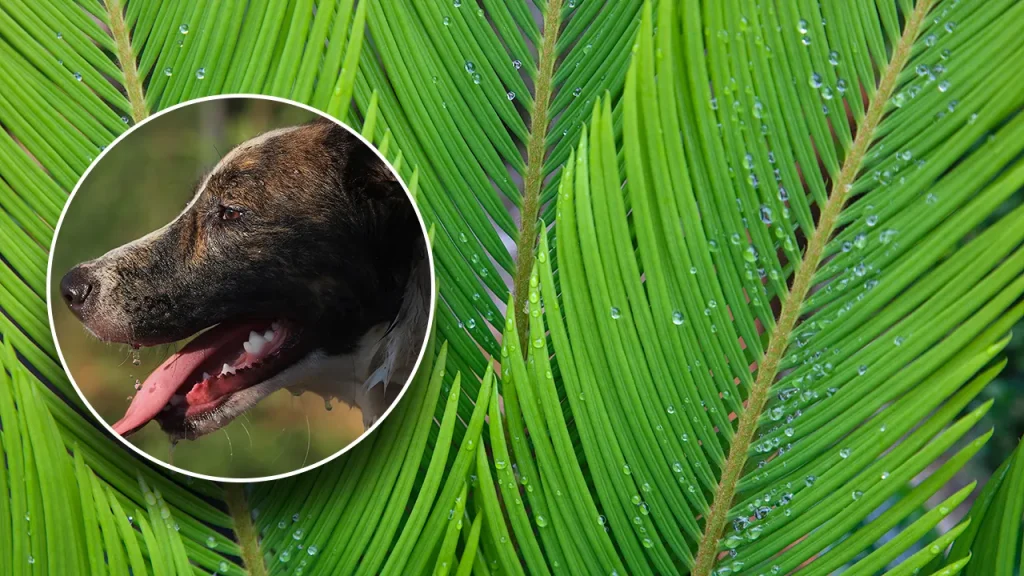Having pets in your home means you need to be cautious about the plants you have, both indoors and outdoors, as they could be toxic to your furry friends. Plants can add color and a sense of nature to your space, but it’s important to be aware of the potential dangers they pose to your pets. Lilies, sago palms, tulips, azaleas, kalanchoes, scheffleras, oleanders, and chrysanthemums are just a few of the many plants that can be extremely dangerous for pets. Before buying a plant, research to ensure it is safe for your pets.
Lilies are colorful flowers that bloom in the summer but are dangerous for cats. Even small amounts ingested by a cat can cause severe kidney damage, as all parts of the plant are toxic. Sago palms are popular houseplants, but they can be harmful to pets, with the seeds being the most dangerous. Ingesting the seeds can lead to vomiting, increased thirst, liver damage, and even death. Tulips, especially their bulbs, contain toxins that can cause vomiting, depression, and other symptoms if ingested by pets. Azaleas, popular shrubs, can cause vomiting, diarrhea, weakness, and cardiac failure in dogs and cats.
Kalanchoes are tropical plants that can cause vomiting, diarrhea, and abnormal heart rhythm in pets if ingested. Scheffleras, another tropical plant, can lead to oral irritation, burning, drooling, vomiting, and difficulty swallowing in pets. Oleanders, which appear in yards during summer, are highly toxic to pets and can cause drooling, abdominal pain, and even death. Chrysanthemums, popular in late summer, can lead to symptoms like vomiting, diarrhea, hypersalivation, incoordination, and dermatitis in pets. If your pet ingests a toxic plant, contact a veterinarian or emergency clinic immediately.
To prevent poisoning, it’s important to be aware of the plants that are toxic to pets and ensure they are out of reach. If you’re looking for non-toxic plants to put outside, consider options like sunflowers, magnolia bushes, and snapdragons. Proper research and precautions can help keep your furry friends safe from harmful plants. Always be vigilant and mindful of the plants you have in your home or yard in order to protect your pets from potential dangers. Be proactive in creating a safe environment for your pets by choosing pet-friendly plants and keeping toxic ones out of reach.













